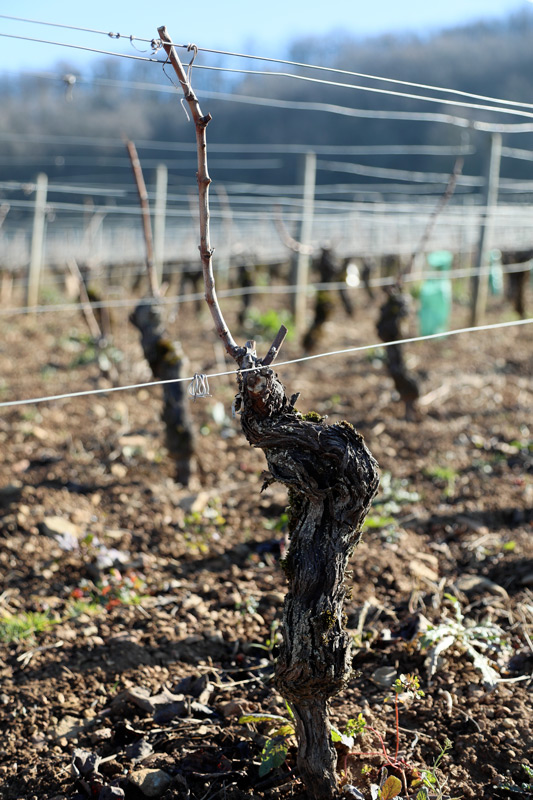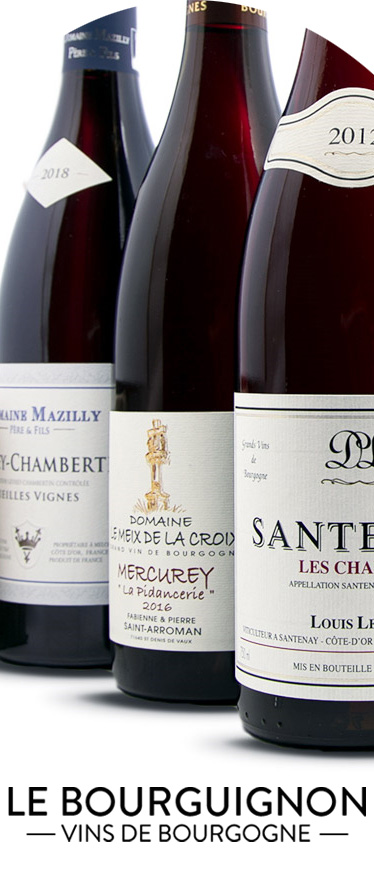At the beginning of March, pruning is now finished in Burgundy… except for the few winemakers who would still have a few plots to finish.
Taking advantage of the vegetative rest of the vine during the winter period, the winegrower will carry out one of the most important works: the pruning of the vine, which will largely condition the success of the upcoming harvest.
In particular by pruning his vine, the producer makes it possible to control the yields… and therefore the quality of the grapes. Ideally to bring an interesting quality of wine while having enough production, it will try to have about 6 to 7 bunches of grapes per vine, or about 1 kilo of grapes, which will be less than 50 hl / hectare.

The most common vine pruning technique in Burgundy: Guyot Simple
The most common pruning in Burgundy is the simple Guyot : it consists in keeping a single branch with 12 to 15 "eyes" which will be the essentially fruiting part. We will also keep the beginning of another branch, which will be called courson, on which we will keep only one pair of future buds. This course is mainly used to bring wood for the size of the following year, but clusters of reason can also appear on this part.
In the most prestigious plots of Burgundy, we will even go down to levels as low as 30 hl / hectare, especially in the areas of Grand Cru appellations, whose specifications of the appellations (managed by the INAO) impose this type of yields to guarantee quality.
Example of yield limitation with these specifications of the Romanée Conti grand cru appellation published by the INAO, which requires a target yield of only 35 hl/hectare :
VIII.-Yields. ― Entry into production
1°- Yield
The yield referred to in Article D. 644-25 of the Rural Code is set at 35 hectolitres per hectare.
To download the complete document: Romanée Conti specifications

